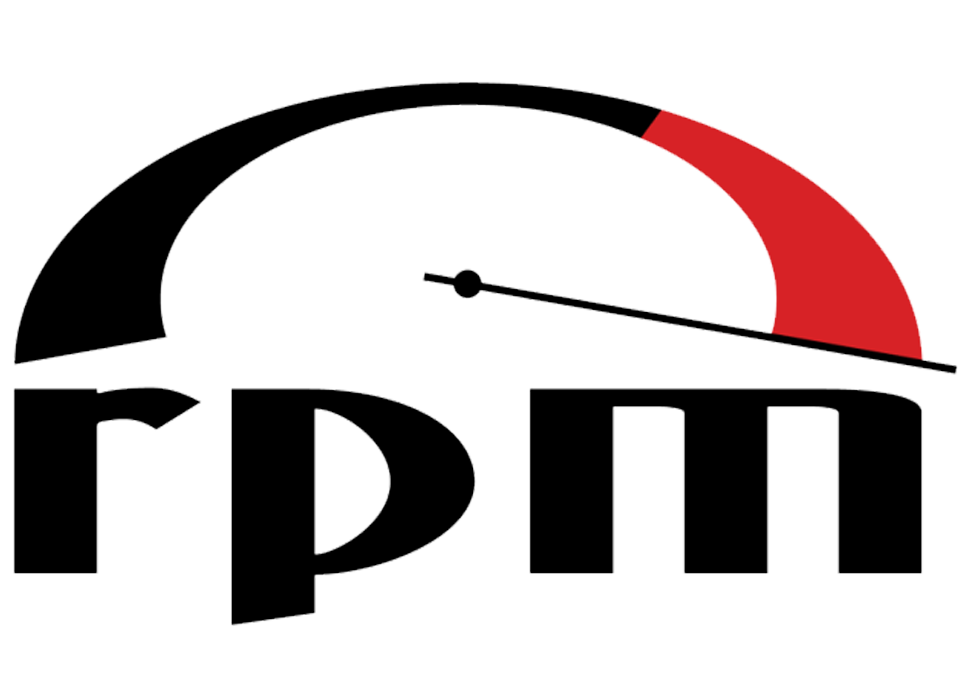- Call us: +1 (469) 756-6329 | +91 7004 215 841
- Email: info@devopsconsulting.in
Red Hat Package Manager (RPM) Training
ABOUT
The Red Hat Package Manager (RPM) Training at DevOpsConsulting.in provides an in-depth exploration of RPM, a powerful and versatile package management system widely used in Red Hat-based Linux distributions. This course is designed for system administrators, DevOps professionals, and IT managers who seek to master RPM for efficient software installation, management, and maintenance on Red Hat Enterprise Linux (RHEL) and its derivatives.
The training begins with a foundational overview of RPM, including its architecture and key components. Participants will learn how to install, remove, and query software packages using RPM commands, as well as how to create and manage custom RPM packages for their own applications and internal use. The course also covers advanced topics such as dependency management, package signing, and repository configuration, enabling participants to handle complex package management scenarios effectively.

Hands-on labs and real-world examples are integral to the course, providing practical experience in managing packages, troubleshooting issues, and optimizing package deployment processes. By the end of the training, participants will have a solid understanding of RPM's capabilities and best practices, allowing them to efficiently manage software environments and support robust, scalable Linux infrastructures in their organizations.
COURSE OBJECTIVES
The Course Objectives for the Red Hat Package Manager (RPM) Training at DevOpsConsulting.in are designed to ensure that participants gain a comprehensive and practical understanding of RPM, enhancing their ability to manage software packages on Red Hat-based Linux systems. The main objectives include:
- Understand RPM Fundamentals: Provide participants with a solid foundation in the architecture and functionality of RPM, including its core components, such as RPM files, package headers, and metadata.
- Master RPM Commands: Equip participants with the skills to effectively use RPM commands for installing, updating, removing, and querying software packages. This includes understanding command options and syntax for efficient package management.
- Create and Manage RPM Packages: Teach participants how to create custom RPM packages from source code or binaries, configure package specifications, and manage package versions and dependencies.
- Handle Package Dependencies: Develop participants’ ability to manage package dependencies and conflicts, ensuring that software installations and updates do not disrupt system stability.
- Implement Package Signing: Instruct participants on how to sign RPM packages for security and integrity, including generating GPG keys and configuring signing policies.
- Configure and Manage Repositories: Provide knowledge on setting up and managing RPM repositories, including creating and configuring local and remote repositories for distributing packages.
- Troubleshoot Common Issues: Equip participants with troubleshooting techniques for resolving common RPM-related issues, such as package conflicts, dependency problems, and installation errors.
- Apply Best Practices: Introduce best practices for RPM package management, including strategies for maintaining package quality, ensuring security, and optimizing system performance.
- Hands-On Experience: Offer practical, hands-on labs and exercises that allow participants to apply their knowledge in real-world scenarios, reinforcing their skills and enhancing their confidence in managing RPM packages.
- Prepare for Real-World Application: Ensure that participants are ready to implement and manage RPM effectively in their professional roles, supporting robust and scalable Linux environments.
PRE-REQUISITES
For the Red Hat Package Manager (RPM) Training at DevOpsConsulting.in, participants should meet the following pre-requisites:
- Basic Linux Knowledge: A foundational understanding of Linux operating systems is essential. Participants should be familiar with basic concepts and operations within a Linux environment.
- Command-Line Proficiency: Comfort with using the command line is necessary, as the training involves executing commands and managing packages through terminal interfaces.
- System Administration Experience: Basic experience with system administration tasks, such as file management, user permissions, and process control, is recommended.
- Familiarity with Red Hat-Based Distributions: Prior experience with Red Hat-based distributions (e.g., Red Hat Enterprise Linux, CentOS) is advantageous but not mandatory.
FEATURES
The Features of the Red Hat Package Manager (RPM) Training at DevOpsConsulting.in are designed to deliver a comprehensive and practical learning experience. Key features include:
- In-Depth Curriculum: The training covers all essential aspects of RPM, from basic commands to advanced package management techniques, ensuring a thorough understanding of the system.
- Hands-On Labs: Participants engage in practical exercises that simulate real-world scenarios, allowing them to apply their knowledge in a controlled environment and gain valuable hands-on experience.
- Expert Instruction: The course is led by experienced professionals who provide insights based on real-world experience, offer guidance, and answer questions to enhance the learning experience.
- Interactive Learning: The training includes interactive elements such as discussions and Q&A sessions, encouraging participant engagement and providing opportunities to explore topics in greater depth.
- Real-World Examples: Case studies and examples from actual industry scenarios illustrate how RPM is used in practice, helping participants understand its application and impact on system management.
- Practical Skills Development: Participants learn to create, manage, and troubleshoot RPM packages, equipping them with practical skills that can be immediately applied in their professional roles.
- Certification Preparation: For those pursuing certification, the training includes preparation materials and practice exams to help participants succeed in their certification goals.
- Flexible Delivery: The training can be offered in various formats, including in-person, virtual, or hybrid, to accommodate different learning preferences and schedules.
- Post-Training Support: Participants have access to additional resources and support after the course, including documentation and expert advice, to assist with the implementation and ongoing use of RPM.
- Up-to-Date Content: The training content is regularly updated to reflect the latest industry trends and best practices, ensuring participants receive current and relevant information.
AGENDA
Using RPM
- Finding RPM Packages
- Installing
- Uninstalling
- Upgrading
- Freshening
- Querying
- Verifying
Checking a Package's Signature
- Importing Keys
- Verifying Signature of Packages
- Practical and Common Examples of RPM Usage
Creating a RPM Packages
- create your rpm build env for RPM
- create the tarball of your project
- Copy to the sources dir
- build the source and the binary rpm
Building a "Hello World" RPM
- Inside a .spec file
- Building the package
- A complete hello.spec file
- The mock builds



|
|---|
